Home Theater Audio
A lot has been written on this site about Home Theater video, projectors, screens, High Dynamic Range, but as anyone who owns a TV or a projector knows, sound from these suck. Without audio, we are back to the silent movie days. First we had Stereo, then Quadraphonic, then Dolby Labs came out with Dolby Digital which simulated 5.1 surround sound from a stereo track. Now theaters have Dolby Atmos or DTS: X with 40 overhead speakers and a dozen behind the projector screen. Most of the technologies that are in theaters, have come over to home theater and has improved the home theater experience.
This overview will talk about the different ways to enhance your experience from bookshelf speakers and soundbars to floorstander, in ceiling and in wall, and subwoofers, along with receiver technologies and the different types of audio enhancement from Stereo to Dolby Atmos and DTS: X object based technologies.
NOTE: Channels. Along the way I will be talking about the different speaker setups and they are referred to with the designation #.#.# (eg, 5.1.2) The numbers designate the number of individual audio channels (5 being left, center, right, surround left, surround right. .1 is a subwoofer channel and .2 the number of Atmos height channels.)Channels does not mean the number of speakers, but the number of individual audio channels that are addressable. Atmos is the most confusing since you can have up to 40 Atmos speakers but only have a 7.1.4 system (4 addressable channels, 10 speakers per channel).

Created by George Lucas after he released Return of the Jedi in 1983. THX is committed to delivering high quality entertainment experiences to audiences everywhere, using the highest possible quality standards, specifications and technologies. They set specific standards that manufacturers would have to meet and tested in order to have the THX logo. THX is not an audio technology, but it is also a video and experience standard (for a THX certified home theater, there are 80 tests that have to be performed and pass in order to be certified).
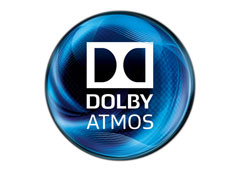
The Granddaddy of all sound processing, Ray Dolby started with audio noise reduction back in the 1960’s and with the creation of Dolby Laboratories, created a powerhouse in both noise reduction and compression, but also encoding giving us over 15 different processing technologies, and at the top, object oriented Dolby Atmos. What Atmos allows the sound editor to do is to place a specific piece of audio over your viewing area so it sounds like planes flying overhead, or the whizzing of a bullet as it flies by your head. Atmos is an adaptation on top of Dolby HD 7.1 to provide what are known as height channels for the three dimensional location of audio in your home or theater.
A lot of UHD 4K movies are also processed in Dolby Atmos. The video equivalent is Dolby Vision.

DTS, Inc (originally Digital Theater Systems) is a company founded in California in 1993 to be a higher quality alternative to Dolby Labs codecs. DTS has stayed in step with Dolby Labs (Dolby Atmos and DTS:X) with a couple of exceptions. First they encode their audio at a higher bitrate, making your audio of a higher quality with more dynamic range, and second, they developed their own distributed streaming music system, Play-Fi, which allows for distributed wireless audio, at a higher level, on select systems like Onkyo, Klipsch, Polk, and Pioneer. DTS is also teaming with IMAX for the IMAX experience in home theaters for receivers, TV’s, projectors and speaker systems.
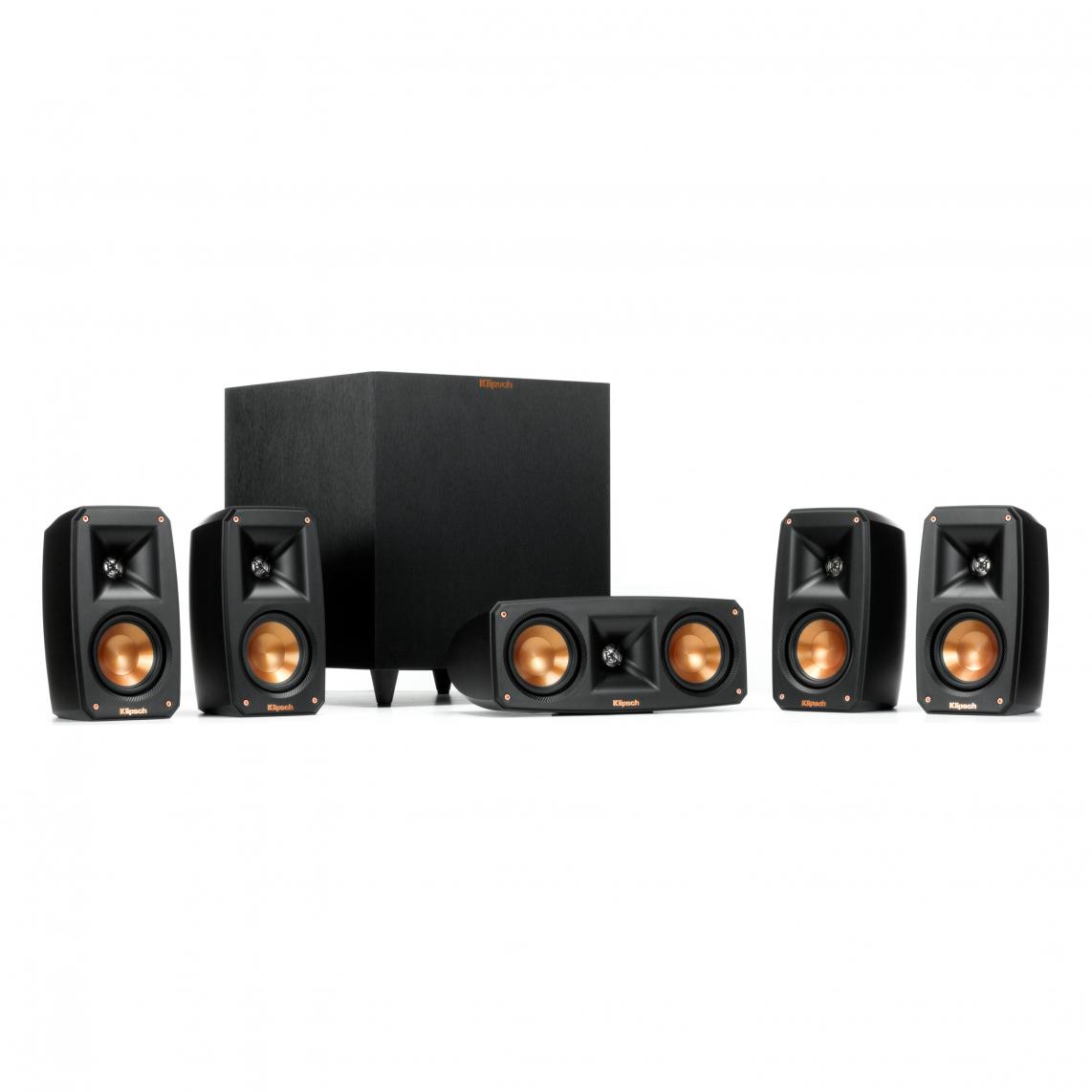
Types of Audio Systems
Now a days, the selection of adding audio to your TV or projector is more varied and encompass modern voice control technologies, connectivity (HDMI, optical, Bluetooth, WiFi), and most have an app for that. There is the traditional setup with an AV receiver with multiple HDMI inputs, handle from 5.1 to 11.2.4 channels. You then wire your speakers and plug all your devices (game consoles, streaming boxes, disk players) into the receiver and your TV/projector is left to simply display the video content. This setup allows for the widest range of speakers for your space, better video and audio processing from your devices, and the absolute best in audio/video. It also allows for the cleanest setup as you only need a single cable to go to your TV (other than power) It is also the most expensive. Costs range from a couple hundred to tens of thousands.
The types of speakers available range from small and powerful bookshelf speaker, to larger floor standing speakers giving you theater-like sound.
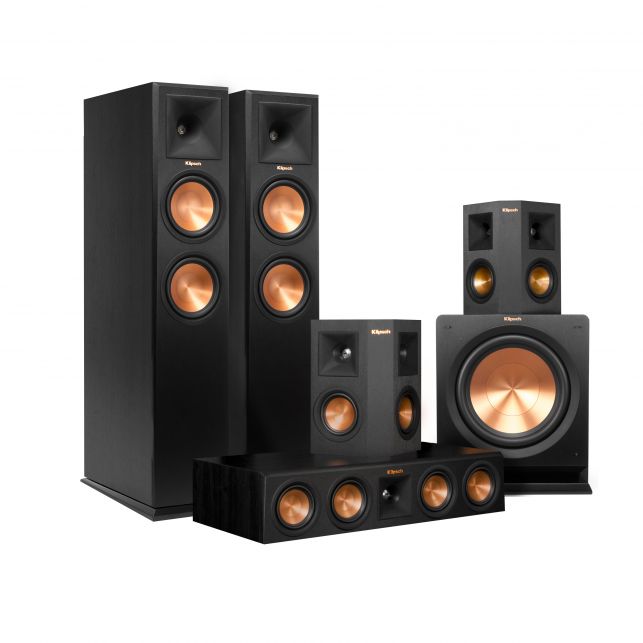
There are many speaker manufacturers out there, and price does not always equate into quality. If you are planning on a serious investment in your speakers, I do suggest trying to listen to them, although there are a couple of manufacturers who are known for their quality speaker lines, Klipsch and SVS being two of them, but there are others like Monitor Audio and KEF. Usually it is best to match your speakers by the same brand and model series, as manufacturers tend to group their speakers according to size and sound output. Sub woofers are the exception here as some manufacturers make great speakers, but when it comes to sub woofers, they tend to go cheap in construction and amplification giving you a muddy thump instead of a powerful punch.
Again, a lot depends on your budget.
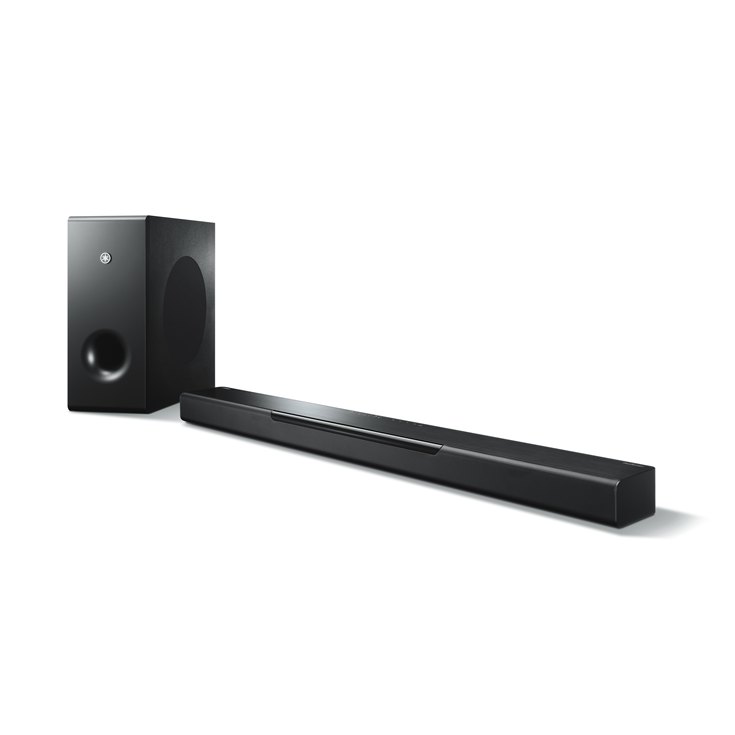
As an alternative, many manufacturers have come out with soundbars to give people a chance to get better than TV sound, without all the wiring and hassle associated with that. Some have wireless sub woofers or the ability to add a sub woofer to the bar, some have multiple inputs to allow for switching between input sources, and eliminate the need for an AV receiver, and some only allow for connectivity directly to the TV, either via optical or HDMI cable (essentially an add on speaker). A few have 46 speakers in them to simulate up-firing Dolby Atmos speakers and 7 channel sound from a single bar (known as beam projecting). Many have the ability to attach to your home WiFi network and allow for streaming music and some even allow for adding smaller wireless speakers to the soundbar to allow for real surround sound.
However you decide to improve your audio, remember that everyone’s situation is different as far as room size, furniture placement, carpeting/flooring, video placement, viewing habits, and most of the time, budget. We provide a free in home evaluation, show you different ways for audio and video reinforcement and replacement, and application of whole home audio, video, and voice control if wanted.


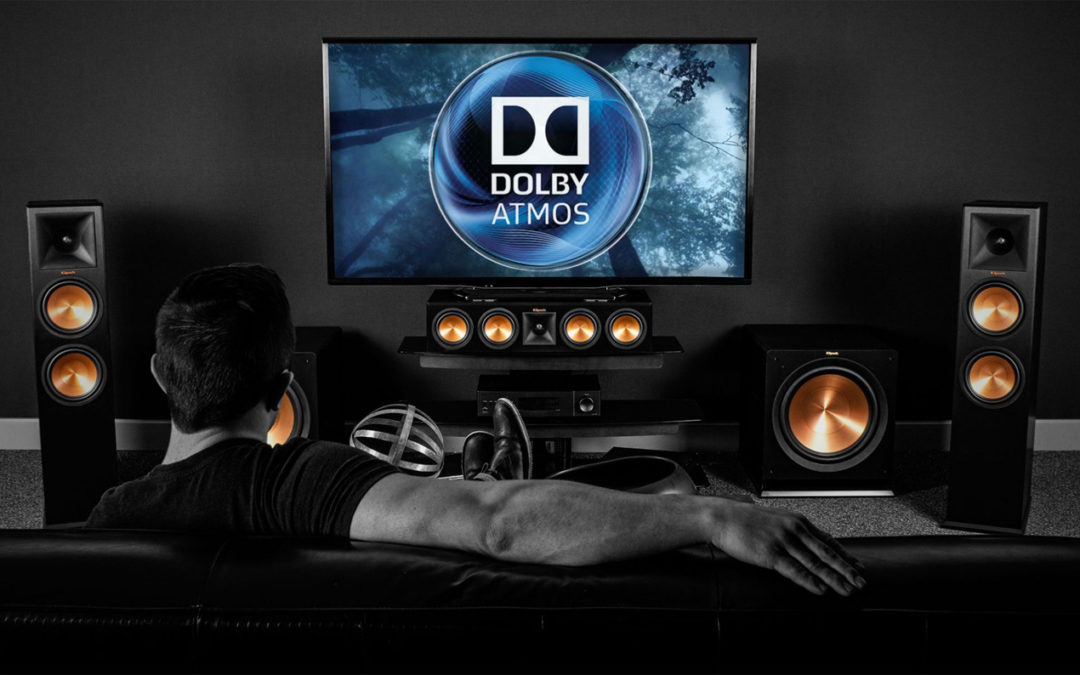
Recent Comments